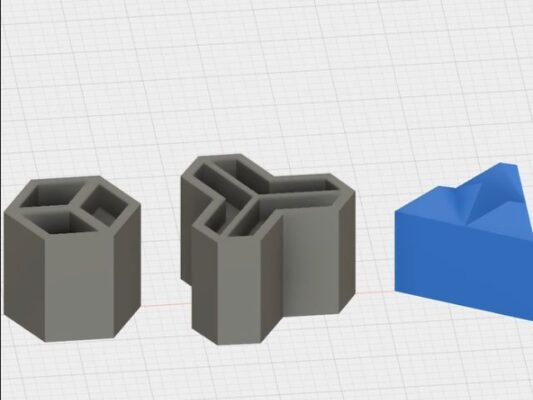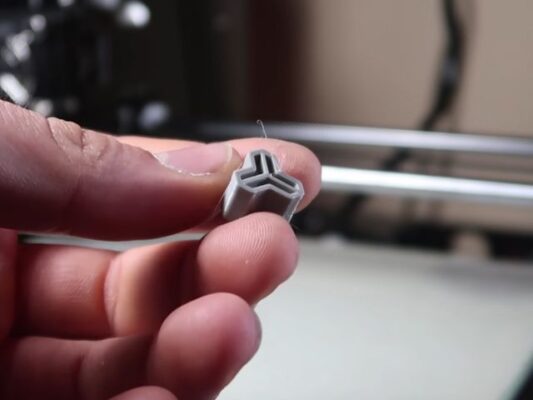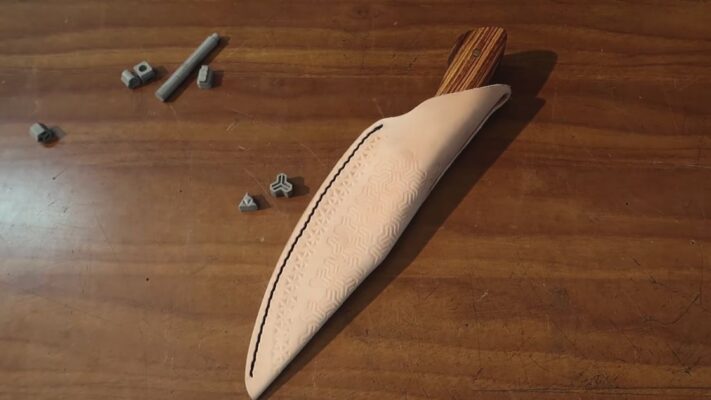Creating stunning 3D printed dioramas is a captivating journey that requires careful planning, precise execution, and boundless creativity. Here’s a detailed guide to help you bring your miniature worlds to life:
Contents
Step 1: Conceptualization and Design
- Brainstorming Ideas: Begin by brainstorming ideas for your diorama, considering themes, settings, and the overall atmosphere you want to convey.
- Sketching and Planning: Sketch out rough designs and layouts for your diorama, considering the placement of elements and any special features you want to include.
- Digital Modeling: Transfer your sketches into digital modeling software like Blender or SketchUp, where you can create detailed 3D models of your scene.

Step 2: Preparing for 3D Printing
- Model Optimization: Optimize your 3D models for printing by ensuring they are watertight, free of errors, and properly scaled.
- Support Structures: Add support structures to your models as needed to prevent sagging or collapsing during printing.
- Slicing: Use slicing software like Cura or Simplify3D to prepare your models for printing, adjusting settings for layer height, infill density, and print speed.

Step 3: 3D Printing
- Choosing Materials: Select the appropriate 3D printing filament for your project, considering factors such as color, strength, and durability.
- Setting Up the Printer: Calibrate your 3D printer and load the filament, ensuring proper temperature and bed leveling for optimal print quality.
- Printing: Start the printing process and monitor progress closely, making any necessary adjustments to settings or support structures as needed.

Step 4: Post-Processing
- Removing Supports: Carefully remove support structures from your printed models using pliers or other tools, being careful not to damage the delicate details.
- Cleaning: Clean any excess filament or residue from your printed parts using a hobby knife or sandpaper, smoothing rough edges and surfaces.
- Assembly: Assemble your printed parts according to your design, using adhesive or other fasteners to secure them in place.

Step 5: Finishing Touches
- Painting: Add color and detail to your diorama using acrylic paints or airbrushing techniques, bringing your scene to life with vibrant hues and intricate patterns.
- Weathering: Apply weathering effects like dry brushing or washes to add realism and depth to your diorama, simulating wear and tear or natural aging.
- Detailing: Add final touches such as miniature figurines, foliage, or other embellishments to enhance the realism and visual appeal of your diorama.
Step 6: Display and Enjoy
- Mounting: Mount your finished diorama on a sturdy base or display case, ensuring it is secure and stable for long-term enjoyment.
- Lighting: Consider adding LED lighting or other effects to enhance the ambiance of your diorama, creating a captivating visual experience for viewers.
- Sharing: Share your masterpiece with friends, family, and fellow enthusiasts, inspiring others with your creativity and craftsmanship.

By following these detailed steps, you can create exquisite 3D printed dioramas that captivate the imagination and delight the senses, inviting viewers to immerse themselves in miniature worlds of wonder and beauty.
Related Posts







